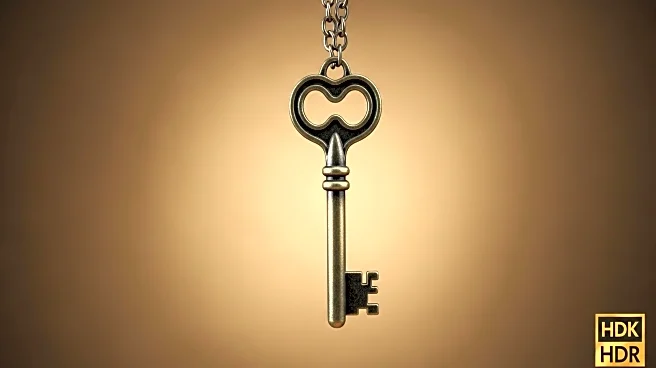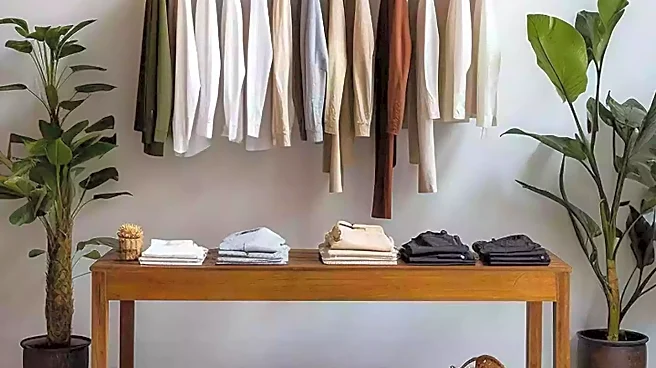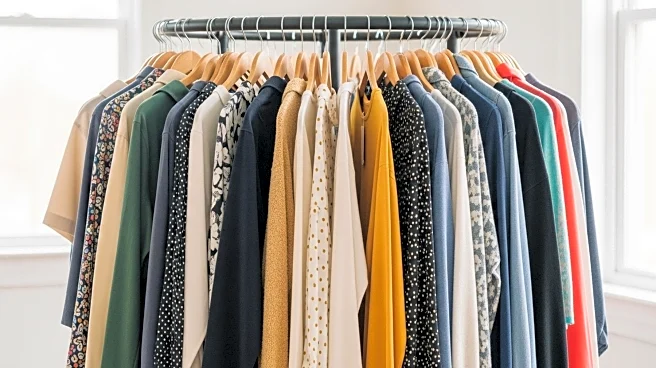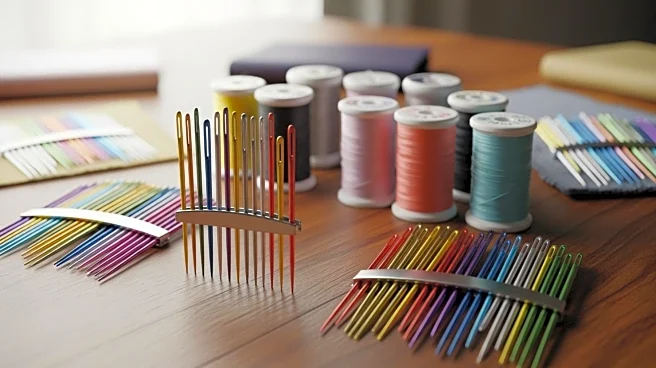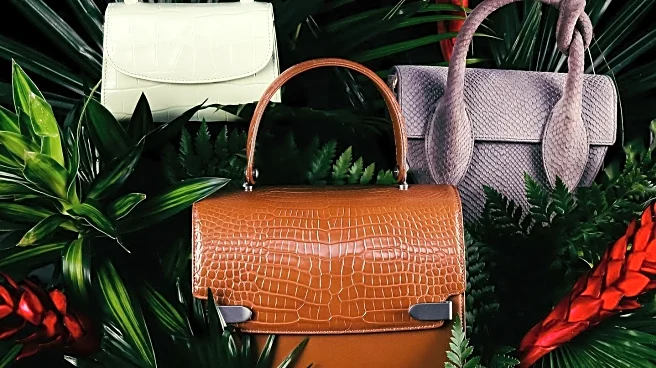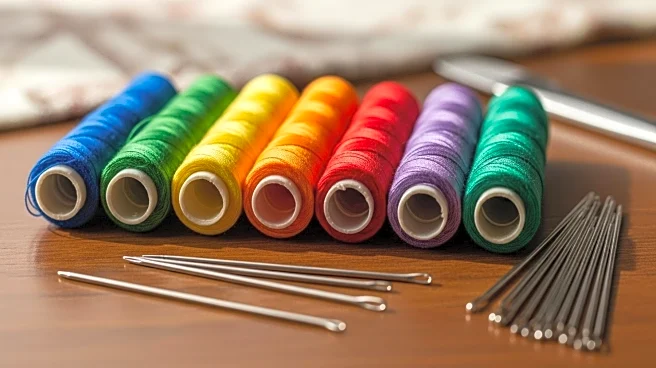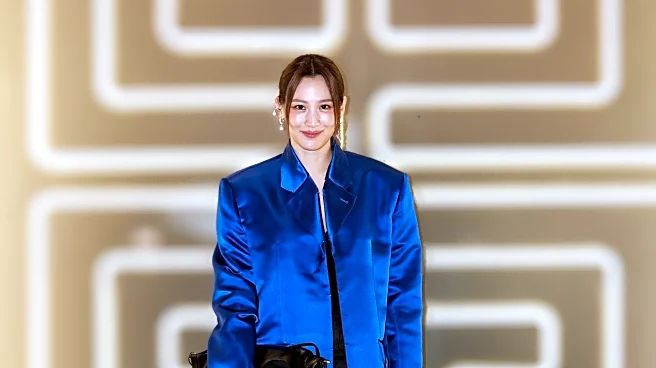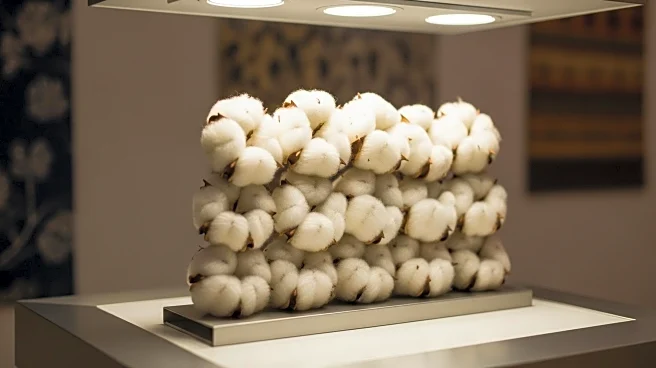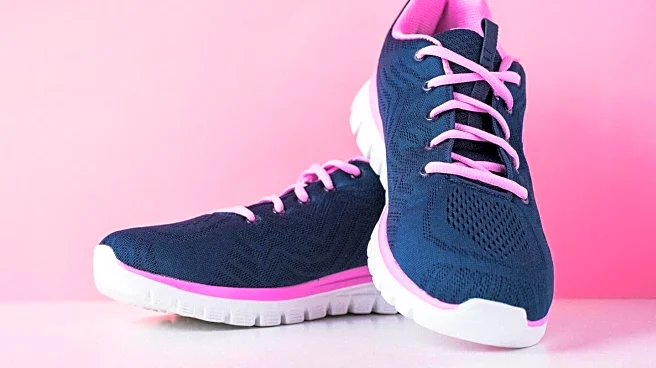What's Happening?
Secondhand shopping is becoming increasingly popular, with a 25% growth in buyers worldwide since the end of 2022. This trend is driven by the cost of living crisis, which has led consumers to seek more affordable options. Secondhand shopping offers a solution by providing unique, stylish pieces at lower prices. Consumers are drawn to the individuality and timeless designs of pre-owned luxury products, viewing them as equally stylish as new items. Social media platforms like TikTok are fueling this trend, with influencers showcasing thrift shopping hauls and DIY fashion projects.
Why It's Important?
The rise of secondhand shopping reflects a shift in consumer priorities towards affordability and sustainability. It offers a sustainable alternative to fast fashion, reducing waste and promoting a circular economy. Brands have an opportunity to tap into this demand by embracing secondhand options and promoting their sustainable initiatives. The trend highlights the importance of balancing style and savings with sustainability, as consumers seek value without sacrificing quality. This shift challenges traditional retail models and encourages brands to adopt more eco-friendly practices.
What's Next?
As secondhand shopping continues to grow, brands may explore new models to meet consumer demand for sustainable fashion. This includes offering repair services, recycling options, and leasing models for consumers to borrow their favorite pieces. Brands can leverage social media and influencer collaborations to promote thrifted style stories and showcase the individuality that secondhand fashion offers. The trend towards circular fashion offers a promising way to reduce waste while meeting the evolving expectations of today’s shoppers.
Beyond the Headlines
The rise of secondhand shopping highlights ethical and cultural dimensions in the fashion industry. It challenges the fast fashion model and encourages consumers to consider the environmental and social impact of their purchases. The trend supports cultural preservation by keeping traditional textiles and vintage garments in circulation. As the market grows, it may influence broader societal attitudes towards consumption and sustainability, fostering a culture of resourcefulness and creativity. This shift could lead to long-term changes in consumer behavior and industry practices, promoting a more sustainable and equitable fashion landscape.

